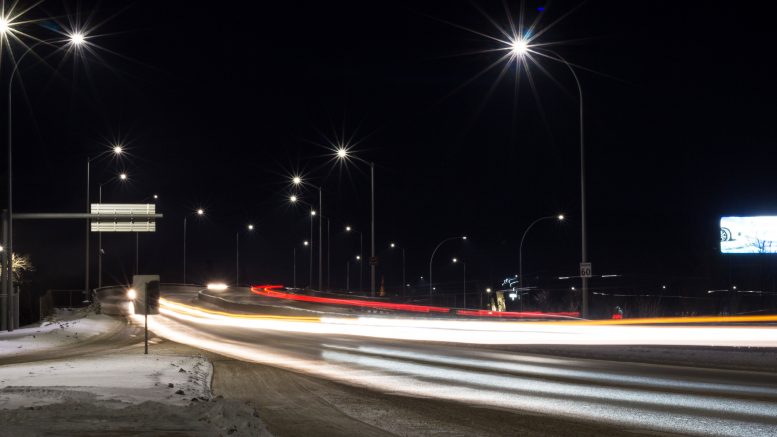The Holiday Checkstop program in Winnipeg is not working. At least, not anymore.
The program was launched in 2001 with the purchase of a $120,000, custom-built vehicle, equipped with a breathalyzer, prisoner-holding area, washroom, a laptop, and most of all, good intentions.
Criticizing any program with the intent of preventing drunk driving will likely be viewed negatively by many. However, this may be precisely why few will publicly choose to do so.
The goal of eliminating impaired driving – with clear punishments for those to decide to put their own and other people’s lives at risk – is paramount. However, we must be mindful of our city’s limited resources for preventing these infractions. Every dollar needs to count.
Incidents due to impaired driving in Canada as a whole have declined over the past 30 years. However, there seems to be a clear trend going in the opposite direction in Manitoba, where we have some of the worst rates of impaired driving in all of Canada. In 2012, there were 432 offences for impaired driving over the legal blood-alcohol limit of 0.08 per cent in Winnipeg, compared to the 528 offences in 2015.
There are two ways of looking at the Holiday Checkstop program. If the goal of the program is to catch a large number of impaired drivers, then it has been a success. Yet if Checkstop was meant to reduce the number of cases involving impaired driving, then it has been a complete failure. The entire premise of the program is based on the misled principle of crime deterrence – using punishment as a threat – and it clearly is not working.
Not to mention, Checkstop is now a completely outdated concept. The program was established in 2001, when a laptop in a van was considered state-of-the-art. With today’s technology, one person in a 15-minute line going through a Checkstop roadblock can alert over 40,000 people within seconds – which is exactly what many drivers do – either to avoid the roadblocks and drive impaired whilst undetected, or just to avoid the inconvenient delays that come along with the program.
What we have then is an ineffective, outdated program that at best simply catches people who have already been driving impaired, while many others can simply avoid their widely reported locations.
It is truly baffling as to why the City of Winnipeg has not focused on the primary solution to impaired driving: prevention. At the bottom of one of its PSA sheets, as if as an afterthought, Winnipeg Police Service’s TakeAction in Schools program details different ways of preventing impaired driving for youth. Some of the suggestions? You can choose a designated driver, take a bus or a taxi, call a friend, or just say “no.”
These are incredibly limiting and poorly thought out suggestions. A taxi certainly is not always financially possible for many, and historically, telling young adults to “just say no” has not exactly been a viable expectation.
That said, there is a nationally-run organization called Operation Red Nose that has been championing the prevention of impaired driving. It is a volunteer-run non-profit organization that provides free rides to anyone who has a vehicle and needs to get home safely. And it works – over 2.1 million rides have been given throughout Canada during its 33 annual campaigns, due to funding in part from Manitoba Public Insurance (MPI), which budgets $90,000 annually for the non-profit group.
However, due to it being a privately-run organization by volunteers, it can mean that on high-traffic nights there are significant wait times. It is also has the serious drawback of only being available on various weekend days leading up to New Year’s Day, and only during certain hours.
What the provincial government must do is essentially use Operation Red Nose’s successful program as a blueprint of what a completely governmentally-funded program could look like. It should be year-round and tailored especially to high-traffic hours. Funds could be allocated based on the massive financial burden of impaired driving on our province, which totalled over $1 billion in 2010.
What is clear is if we as a society are going to make the prevention of impaired driving a priority, we must end the scare campaigns like Checkstop that have not been effective. Rather, we should invest in our own year-round, governmentally-funded preventative programs which truly reduce impaired driving.





